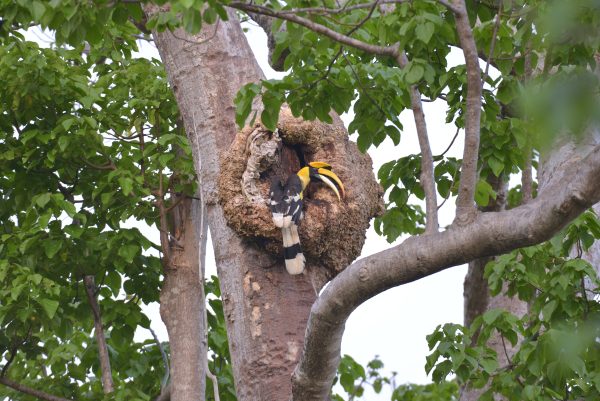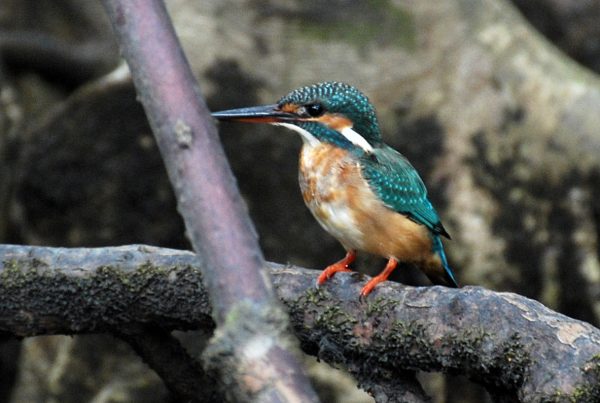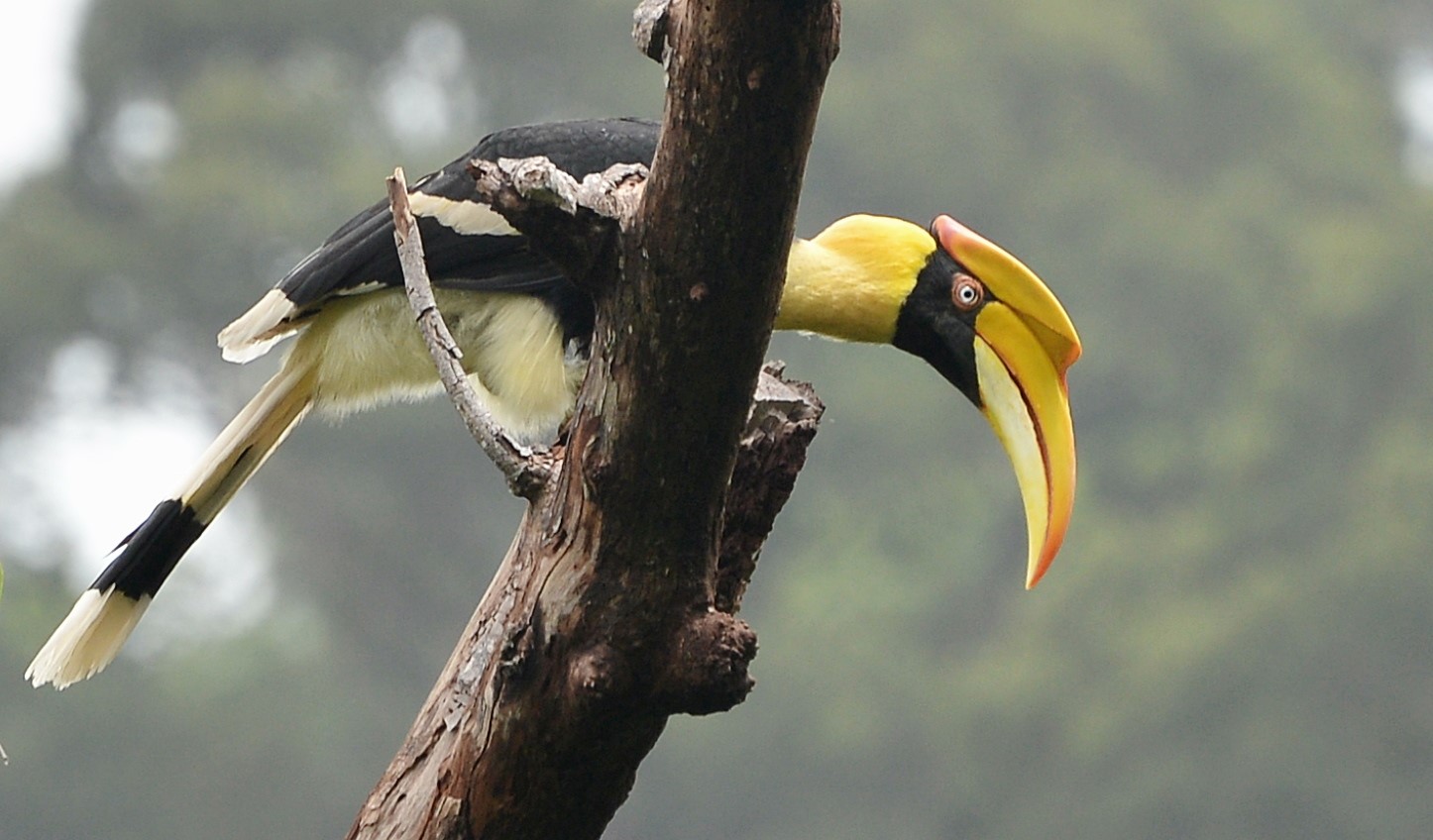LANGKAWI, 25 June 2025: Langkawi isn’t just about beaches, duty-free shops, or seafood dinners with a view. Look up or, better yet, pause for a moment, and you’ll notice a quieter, wilder rhythm unfolding above and around you: birdsong in the trees, silhouettes gliding between branches, flashes of colour darting across the sky. Welcome to Langkawi’s hidden world of birds.
Langkawi lies just six degrees north of the Equator, where the equatorial and tropical climate zones overlap. This unique position creates an ecological crossroads that supports a remarkable diversity of birdlife, especially for an island its size. Best of all, you don’t need to be an expert or own expensive gear to enjoy it, even your smartphone camera will do the trick.

Forget the myth that birdwatching is only for the seasoned or the thoughtfully equipped. As the locals might say, your “Mark II eyeballs” will do just fine. Even a modest pair of binoculars can open up a whole new layer of Langkawi’s natural magic.
Start with the raptors that command the skies above Langkawi. These birds of prey are a common sight in the mangroves, coastlines, and hillsides, often spotted gliding effortlessly on rising thermals. Look out for the White-bellied Sea Eagle, the Crested Serpent Eagle, and the unmistakable Brahminy Kite, with its striking chestnut plumage and white head, often seen circling above fishing boats or perched near the water’s edge.

Deeper inland, in the island’s forested highlands, hornbills add a touch of prehistoric drama to the treetops. The Great Hornbill, in particular, is a majestic presence on Mount Raya. With its heavy, curved bill and unmistakable barking call, it’s often seen gliding between fruiting trees in the early hours. A sunrise walk or drive up Gunung Raya offers one of the best chances to spot this iconic species in action.
In the cooler months, Langkawi welcomes migratory visitors. Herons, egrets, and other wetland birds fill the paddy fields in search of fish and grubs, turning these landscapes into seasonal theatres of activity.
Meanwhile, colourful residents like kingfishers and sunbirds dazzle with their plumage, if you’re lucky enough to catch a glimpse before they vanish into the foliage.
Sunbirds, in particular, are small, shimmering nectar-lovers often spotted near flowering plants. Though not quite hummingbirds, they belong to the same dazzling family tree.
The best way to start is to keep it simple. A local bird guidebook, a pair of binoculars (or none at all), and maybe a local guide with a good eye. And yes, your smartphone can be an excellent companion for birding. With a decent zoom, a steady hand, and a little patience, it can turn into a surprisingly effective birdwatching tool.
Langkawi’s birds are storytellers, characters, and companions for those who take the time to notice. So on your next visit, tune your senses skyward. You might leave with more than just great photos, you might just catch a new hobby taking flight.
For more information, visit naturallyLangkawi.my







